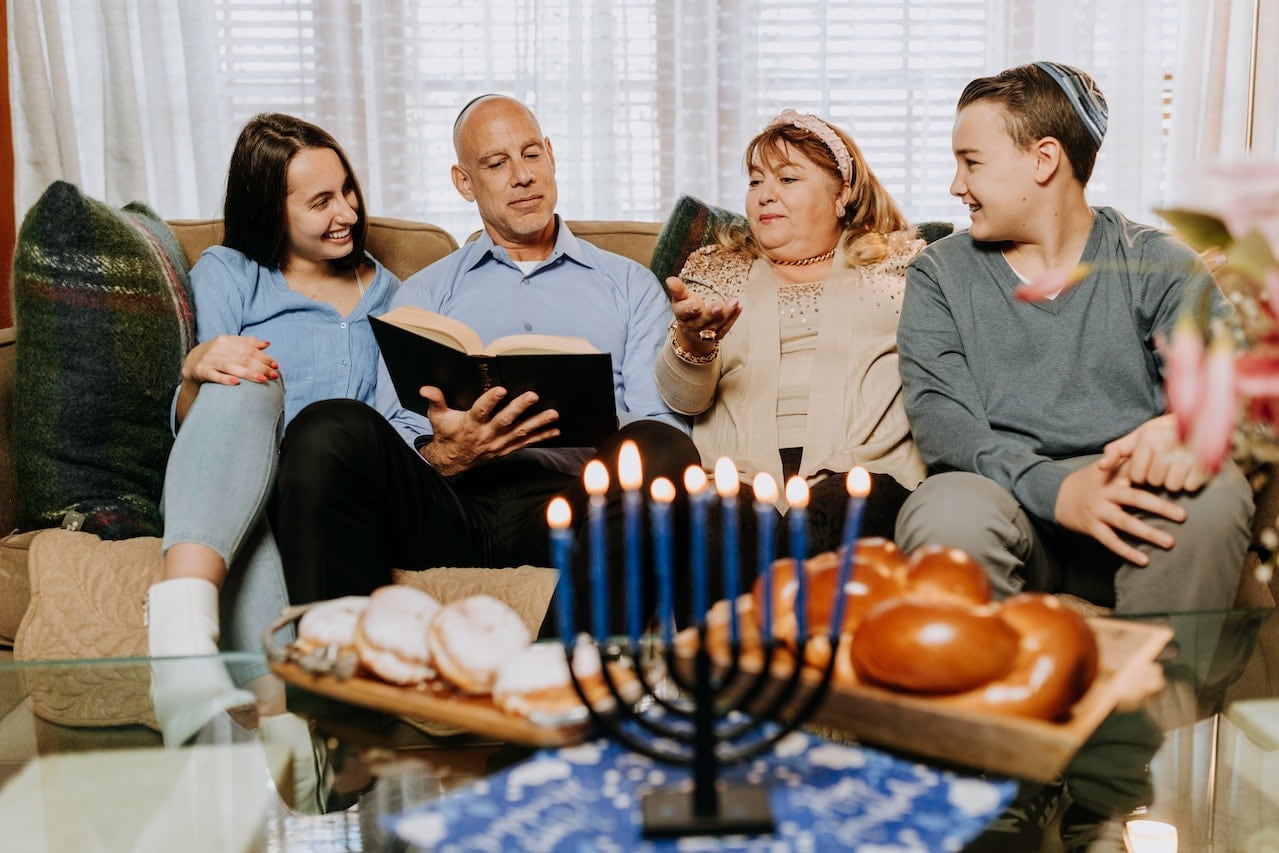
One of the most interesting aspects of the Jewish holiday known as Hanukkah is that it is part of a living tradition. It is not just a representation of certain rites that remain the same over the years, nor a set of rituals passed from generation to generation.
Hanukkah has changed a lot in the past centuries, and although it commemorates a specific historical event, Hanukkah has had a steady evolution, dropping, and earning different traditions according to the times.
Here are some fascinating traditions Jewish people follow during Hanukkah.
Origins of Hanukkah
First of all, what is Hanukkah?
Hanukkah is a Jewish celebration that commemorates the dedication of the Second Temple of Jerusalem to their God. It occurred in the 2nd century BCE, following the Jewish reclamation of Jerusalem from the Seleucid (Greek) Empire.
The date on which Hanukkah begins varies according to the Gregorian calendar. However, with respect to the Hebrew calendar: Hanukkah starts on the 25 of Kislev and ends on the second or third of Tevet. (Depending on the duration of the month of Kislev, which may have 29 or 30 days.)
As a result, Hanukkah celebrations can begin on the 25 of Kislev. As soon as the sun sets, the first star appears in the sky. It lasts eight days and eight nights and is generally celebrated in December, according to the Gregorian calendar.
1. Lighting The Menorah
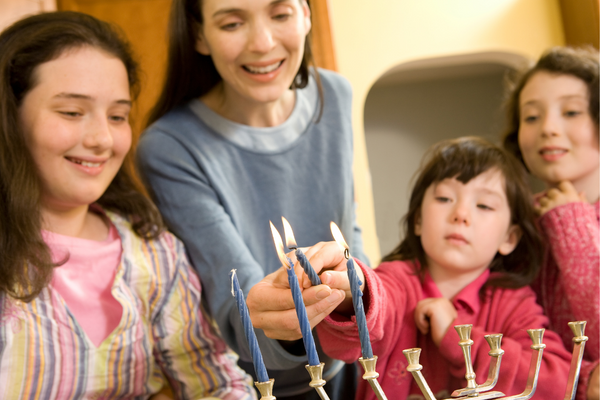
The most well-known symbol of Hanukkah is, of course, the hanukkiah, or Hanukkah menorah. This candelabrum differs from the traditional temple menorah in that it has nine lamps instead of seven to last all eight days and nights of the festival.
The legend states that the Jerusalem temple was occupied by Greek devotees, who worshiped a separate pantheon). However, during the Maccabee revolt, the Greeks were driven out of the Jerusalem temple. After that, the Maccabees (a.k.a. priestly family of Jews who had organized the rebellion) cleansed the temple space and rededicated it to their God.
However, the Maccabees encountered one problem:
They couldn’t find enough oil to light the lamps of the temple menorah for more than a day. On top of that, only a kind of special oil could be used to light this artifact, one that took more than a week to prepare.
They decided to use the existing oil, and miraculously, it burned for eight whole days, allowing the Maccabees to process more in the meantime.
This miracle and the victory of the Maccabees were memorialized by the Jewish people. Today it is commemorated by lighting the nine-branch menorah during the entire eight-day celebration. It’s traditional to place these menorahs by a window so that all the neighbors and passers-by can witness them.
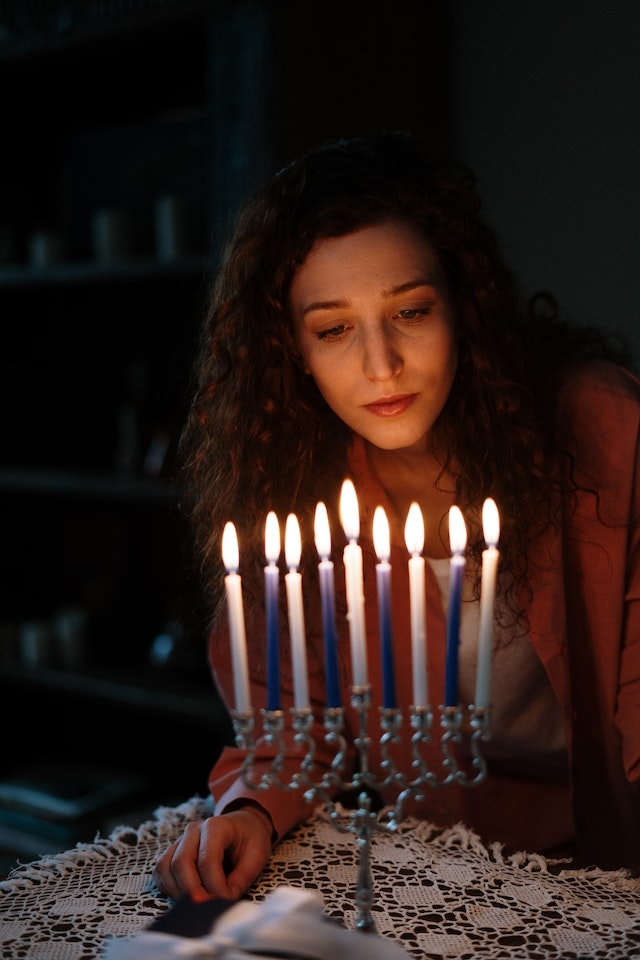
After the lighting of the menorah, the entire household gathers around the fire to sing hymns. One of their most common is a hymn known as Maoz Tzur, which translates to “Rock of My Salvation.”
This hymn is one of the examples of the evolving nature of Hanukkah, as it was composed in Medieval Germany long after the Jerusalem temple was consecrated.
The hymn enumerates the different miracles that God performed to save the Jewish people during periods such as the Babylonian captivity, the Egyptian exodus, etc. Although it was popular during and after the 13th century, not much is known about the composer, except the fact that whoever it was, preferred to remain anonymous.
2. Delicious Food
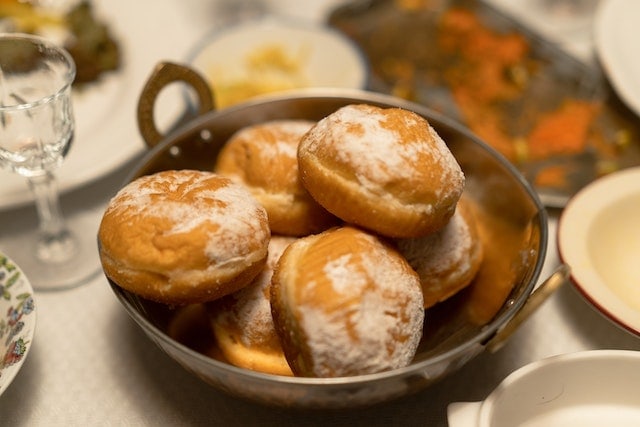
No Jewish celebration would be complete without copious amounts of delicious food, and Hanukkah is no exception. During Hanukkah, oily and fried foods are preferred because they remind people of the miracle of the oil.
The most common foods are latkes, which are pancakes made with fried potatoes, and sufganiyot: donuts filled with jelly or chocolate. There are other traditional recipes served during Hanukkah, which also consist of fried food.
3. Playing the Dreidel
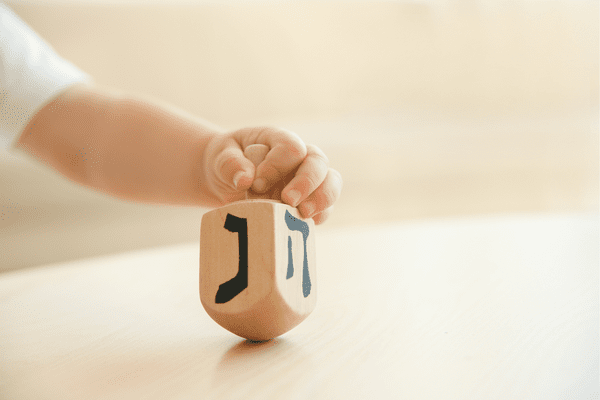
One may regard the dreidel as a simple kids’ game. However, it has a sad history behind it.
Dreidels date back to before the birth of Christ, when the Jews were forbidden from performing their rites, worshiping their God, and studying the Torah.
To continue reading their sacred texts in secret, they invented these little spinning tops, which have four Hebrew letters carved on each of the four different faces. Jews would pretend to play with these toys, but they were, in fact, secretly teaching the Torah to their students.
The letters on each side of the dreidel are an acronym for nes gadol haya sham, which translates to:
“A great miracle happened there,” with “there” referring to Israel. On top of that, these four letters reference the forced exiles suffered by the Jewish people: Babylon, Persia, Greece, and Rome.
4. Gifting Coins
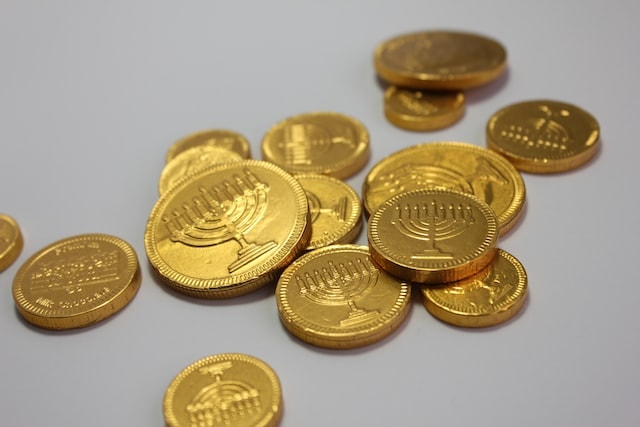
It is a Hanukkah custom to give coins to kids. These are known as “guelt,” which translates to “money” in Yiddish.
Traditionally, Jewish parents would give small coins to their children and sometimes larger amounts of money, depending on the wealth of the family). Hasidic teachers also hand out coins to whoever visits them during Hanukkah, and these coins are kept as amulets by the students, who prefer not to spend them.
This particular tradition was born among the Polish Jews in the 17th century, but during that time, families would give their children coins so they could distribute them among their teachers.
In time, kids began to demand money for themselves, so it became common for them to keep the change. This was not opposed by rabbis, as they thought it was another metaphor for the miracle of the oil.
5. Hallel Prayer
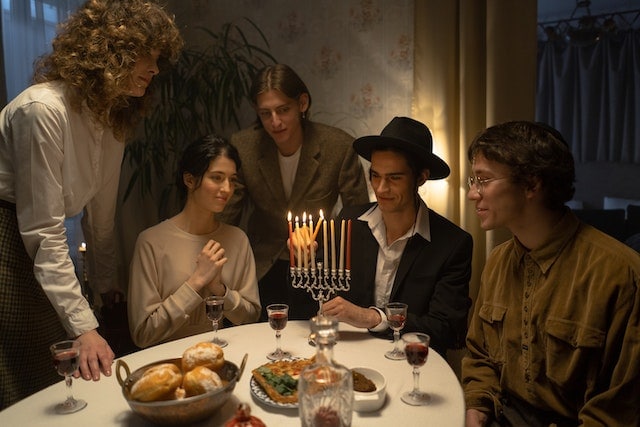
Although not exclusive to Hanukkah, the Hallel prayer is one of the most recited hymns during this time.
Hallel is an oration consisting of six Psalms from the Torah. Apart from Hanukkah, it is usually recited during Passover (Pesach), Shavuot, and Sukkot, and lately also during Rosh Chodesh (the first day of a new month).
The contents of the hymn start by praising God for His great deeds protecting the people of Israel. After which, it describes several acts and miracles of God where He showed mercy for the Jewish people.
Wrapping Up
As mentioned at the beginning, Hanukkah is an exciting tradition because it is constantly evolving.
For example, the tradition of exchanging money (or coins) didn’t exist before the 17th century, and the food prepared during this holiday depends on where it is celebrated around the world. In addition to this, some of their songs only came from the Middle Ages, while others have been adopted only recently.
Hannukah is an ever-changing celebration of the miracle of the oil and the rededication of the Jerusalem temple following the Greek. We hope that the Jewish people will keep this tradition going and continue to evolve it over the coming years.








